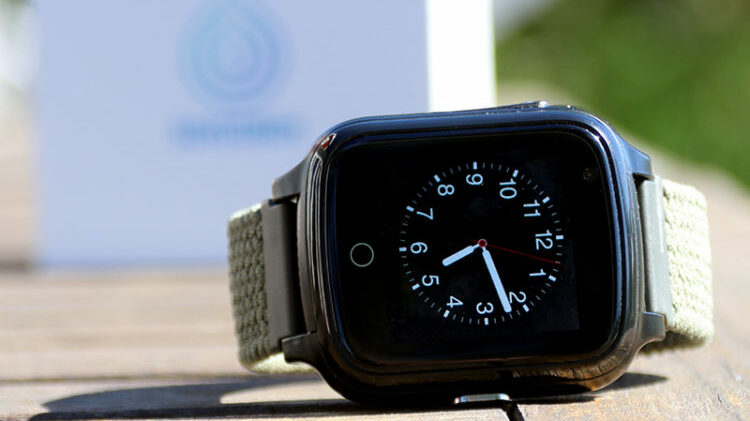What Is a Cerebral Infarction?
A cerebral infarction, also known as an ischemic stroke, is the most common type of stroke. It occurs when a blood vessel in the brain becomes blocked, cutting off oxygen supply to brain tissue. Without oxygen, brain cells begin to die within minutes. In this article, we explain what a cerebral infarction is, its symptoms, causes, and how it’s treated.
A Blood Clot in the Brain
Cerebral infarction is caused by a blood clot that blocks a brain artery. The clot can form locally in a narrowed vessel (thrombosis) or travel from elsewhere in the body, such as the heart (embolism) [1].
This blockage deprives parts of the brain of oxygen, resulting in tissue damage and cell death.
Common Causes
Several conditions can increase the risk of cerebral infarction:
-
Atrial fibrillation – irregular heartbeat that forms clots
-
Atherosclerosis – narrowing of arteries due to plaque buildup
-
High blood pressure
-
Diabetes
-
Smoking
-
High cholesterol
Many of these risk factors are manageable through lifestyle changes and medication [2].
Typical Symptoms
Symptoms usually appear suddenly and vary depending on which part of the brain is affected:
-
Sudden weakness or paralysis in the face, arm, or leg (often one-sided)
-
Difficulty speaking or understanding language
-
Vision disturbances in one eye or one side
-
Dizziness or balance problems
-
Sudden, severe headache
Remember the acronym FAST:
-
Face – is one side drooping?
-
Arms – can both arms be raised?
-
Speech – is speech slurred or confused?
-
Time – call emergency services immediately!
Diagnosis
Since the symptoms are similar to those of other stroke types (like brain hemorrhage), diagnosis requires urgent brain imaging such as a CT scan or MRI [3].
Treatment of Cerebral Infarction
If the infarction is caused by a clot, treatment may include thrombolytic drugs (clot-busters) given within 4.5 hours of symptom onset. In some cases, mechanical thrombectomy is used to physically remove the clot via a catheter [4].
Additional treatments include:
-
Blood thinners
-
Blood pressure and cholesterol medications
-
Physical rehabilitation
Time is critical – the sooner treatment starts, the better the outcome.
Preventing Cerebral Infarction
Prevention focuses on managing vascular and heart health:
-
Control high blood pressure and atrial fibrillation
-
Quit smoking
-
Exercise regularly
-
Eat a heart-healthy diet
-
Manage blood sugar and cholesterol
Connection to Dementia
People who experience cerebral infarctions may develop cognitive changes, especially if multiple small strokes occur over time. This can lead to vascular dementia, caused by chronically reduced blood flow in the brain [5].
Early diagnosis and prevention are key not just to survival – but to preserving brain function and memory.
A personal alarm that can be triggered at any time
Sensorem’s personal alarm can automatically trigger the alarm in the event of a fall and then automatically call relatives using the watch’s built-in speakerphone with two-way communication. The user can also trigger the alarm manually by pressing the physical alarm button. The personal alarm works outdoors and has built-in GPS positioning so that relatives can see the user’s position on a map in the Sensorem app.
SENSOREM’S PERSONAL ALARM CAN INCREASE SAFETY AFTER A STROKE
References
- Sacco, R.L. et al. (2006). “An updated definition of stroke for the 21st century.” Stroke.
- WHO. (2023). “Cardiovascular risk factors.”
- Wardlaw, J.M. et al. (2004). “Diagnosis of stroke subtype with brain imaging.” The Lancet Neurology.
- Goyal, M. et al. (2016). “Endovascular thrombectomy after large-vessel ischaemic stroke.” The Lancet.
- Gorelick, P.B. et al. (2011). “Vascular contributions to cognitive impairment and dementia.” Stroke.

